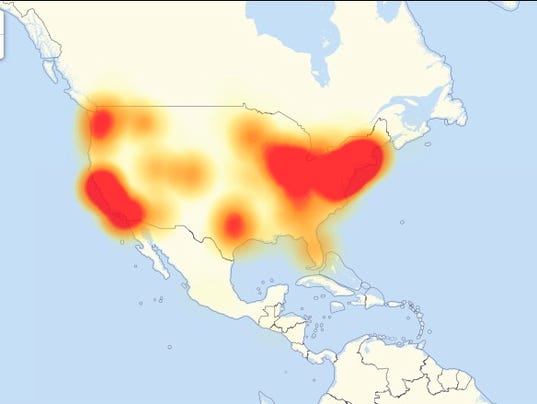World Wide Web Inventor Calls for Its Overhaul
Tim Berners-Lee, the inventor of the world wide web, is unhappy with it. He has been saying for years that it has evolved into something far different from what he envisioned. Not much more than ten years ago, the web was a decentralized open platform, but since then a few corporate giants have come to dominate it. Google, Facebook, Netflix, and Amazon hold a near-stranglehold over online information and commerce, and web surfers have to surrender privacy to get much use out of the web.

So what can we do to correct this sorry state of affairs? Well, Berners-Lee is hard at work on an alternative. Next week, he will launch a for-profit business called Inrupt. Based on a crowd-sourced platform called Solid, it is meant to enable developers all over the world to wrest control of the web away from governments and corporate giants.
“It’s a historical moment.”
If Berners-Lee and his crew are successful, Google, Facebook, and Amazon will soon be struggling for survival. Berners-Lee is open about hisdesire not only to challenge them, but to take them down.. He jokingly (?) says his goal is ‘world domination’, and he says he wants a completely new internet. He said he is not consulting with Google or Facebook about how he will upend their business models. In his words: “We’re not asking their permission.”
“We have to do it now”, he said of Inrupt. “It’s a historical moment.”
Why now?
The need for a disruptive internet model has never been more obvious. For the last five years, one scandal after another has reminded us that our personal data is subject to manipulation and theft.
You’ve no doubt heard the news about Cambridge Analytica and the Obama reelection campaign hijacking Facebook user data to aid their political campaigns. Twitter and YouTube have been caught blocking, shadow-banning, or demonetizing conservative content. Google vacuums up personal data for ads, and apparently adjusts search functions for political reasons. In a recently released video of a Google corporate conference, several executives spoke of “our values”, with some pledging to use the platform to promote them. All of ‘our values’ were blatantly political.
We obviously- and urgently- need drastic overhaul of the world wide web. Otherwise, we will soon lose all semblance of honest and objective online information service.
Who’s in control?
Berners-Lee and Inrupt propose to address the failings of the dominant internet systems with a platform called Solid. With it, the user can create his own ‘personal online data store’ or POD. It will feature his calendar, music library, video library, contact list, to-do list, chat, and research tools. It’s like combining Outlook, WhatsApp, Slack, Spotify, and Google on the same browser- all available at the same time.
Most importantly, the data is under the user’s control. All the data he produces will be protected within his POD. The information will be secure, out of reach for his ISP, Google, Facebook, or any advertising engine- unless the user wants to release it. He can customize the degree of access he wants to provide for each bit of data.
This is a huge departure from the current internet model. In the last few years, Google, Facebook, and other firms have been holding and controlling most online data in ‘silos’ that they built.
In the Solid web model, there are no silos.
What happens next?
Beginning almost immediately, developers can start building their own apps for the Inrupt platform. And Berners-Lee will spend the autumn tutoring developers and executives in building apps for Solid and Inrupt.
Tim Berners-Lee has set a daunting goal for himself. Can he really replace the current world wide web with something far better? Don’t bet against it. He has a record of bringing into fruition projects that others thought impossible.
(For the best internet connection, shop with Satellite Country. Talk to us. We can help.)



